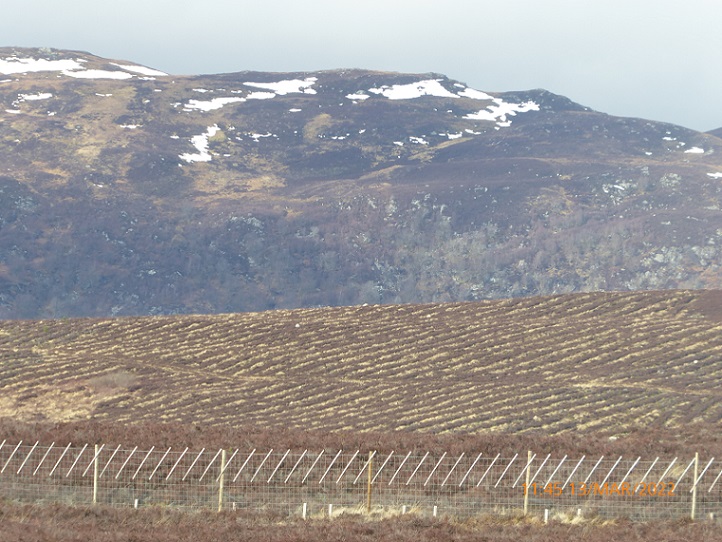
Ten days ago I went to have a look at the (larger) part of the Ralia estate that has been bought by Standard Life but first had to pass through the part of the prorperty that borders the A9 and has been retained by the previous owners. I had been there several times in the last five years but always at dusk or in bad weather, and somehow had missed this native tree plantation.
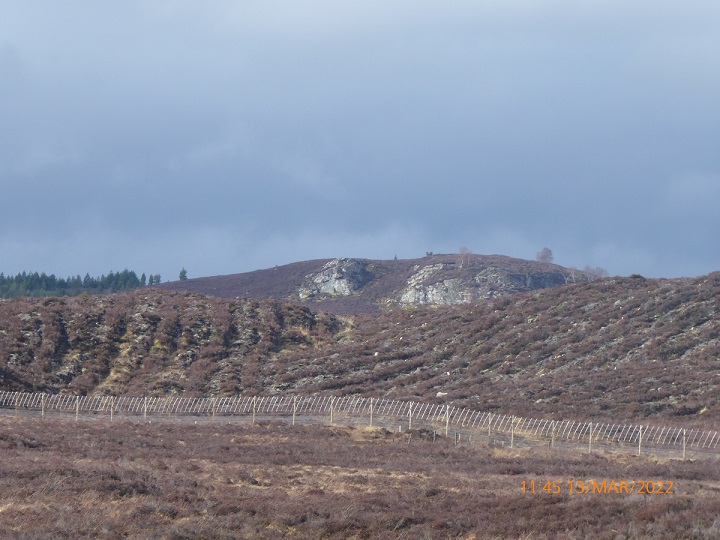
Ploughing is an old technique used to drain land to make it easier for trees to grow. It increases water run-off and flooding and is contrary to the Spey Catchment Plan 2016 (see here) which aimed to promote “natural flood protection and resilience” and “intregrated land management”. Perhaps, however, the ploughing pre-dated 2016 even if the tree planting appears to have been more recent? (If basic information is public it is not easy to find and I gave up after searching for half an hour. It would be in the public interest to know how much public money was spent funding this development).
Ploughing also exposes soils releasing carbon into the atmosphere. Where the ground here was too wet for trees to colonise naturally, the responsible thing to do would have been to leave it to develop into peatland. But that would not have brought any income to the estate.
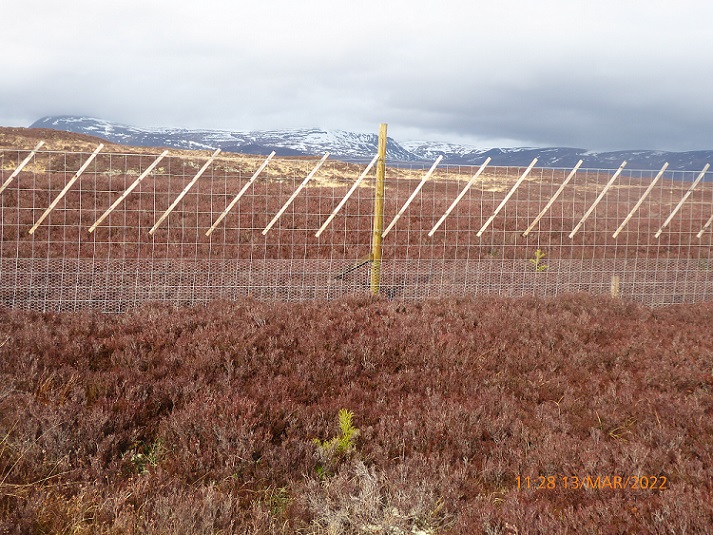
While I did not enter the plantation to have a closer look, the planting inside the enclosure did not appear to have been that successful. Moreover, there were signs of natural regeneration outside the enclosure in an area that had been fenced off from sheep. So why the fence? As in so much of the Highlands, deer fencing provides an artificial means to divide and create different habitats on what is similar grounds in terms of geology and soils.
The main reason that there has not been more natural regeneration on the drier areas outside the enclosure appears to have been grazing pressure from sheep, rather than deer, and muirburn.
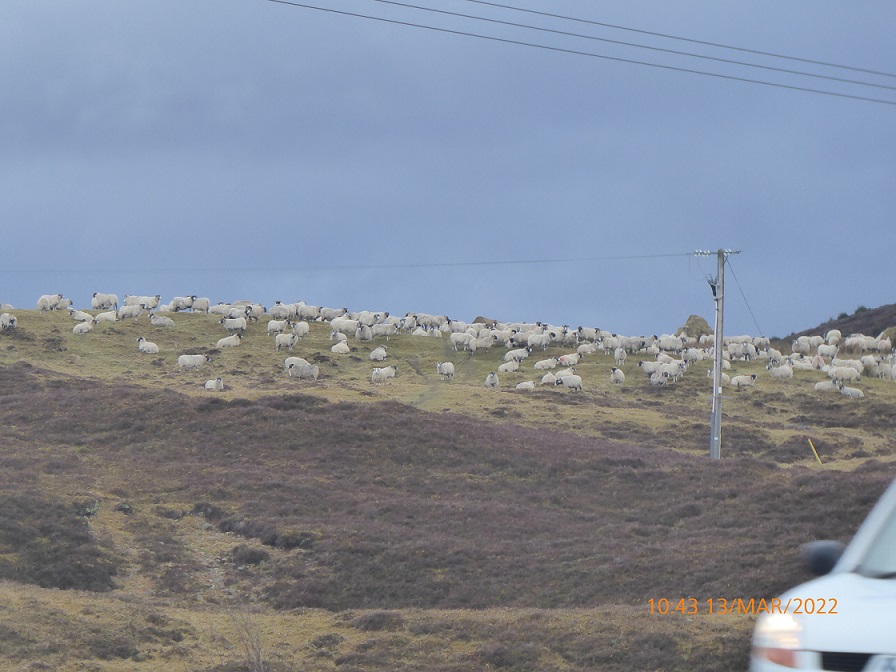
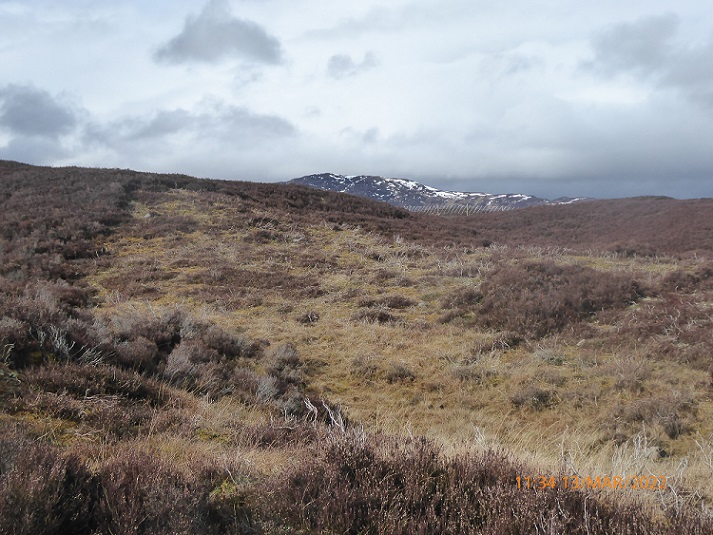
The deer were kept out of the area farmed for sheep and grouse by another deer fence a few hundred metres away. It appears that the owners of Ralia gave up trying to farm the estate for grouse a few years ago, which explains why they created this woodland plantation and also why they have sold the bulk of the higher part of the estate to Standard Life last year for carbon off-setting purposes (see here).
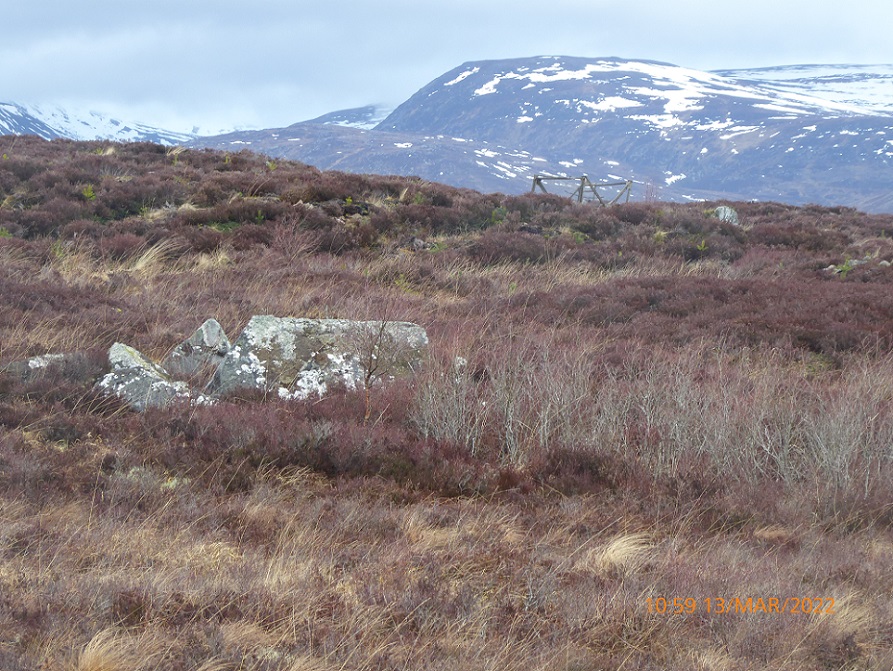
Even under the current logic of the forestry system, which is plant, plant, plant, just why a deer fence, rather than stock fence, was needed to protect these trees is unclear. But when the public is paying, landowners and woodland consultants hoover up all the grant they can. There is profit to be made from them.
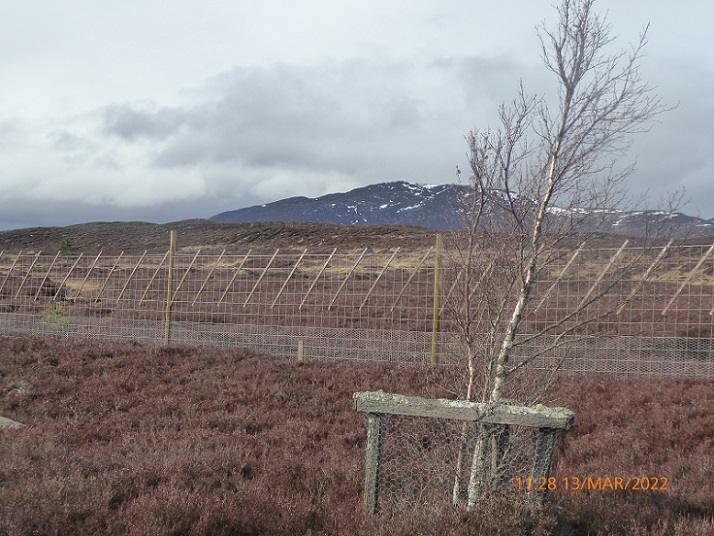
While ostensibly the batons on the deer fencing are to prevent capercaillie and black grouse garotting themselves on the new fencing, land-managers are no fools. Batons also reduce mortality from game birds, whether red grouse, pheasant or red-legged partridge, flying into fences. Paying for batons on fences like this is therefore a public subsidy sport shooting.
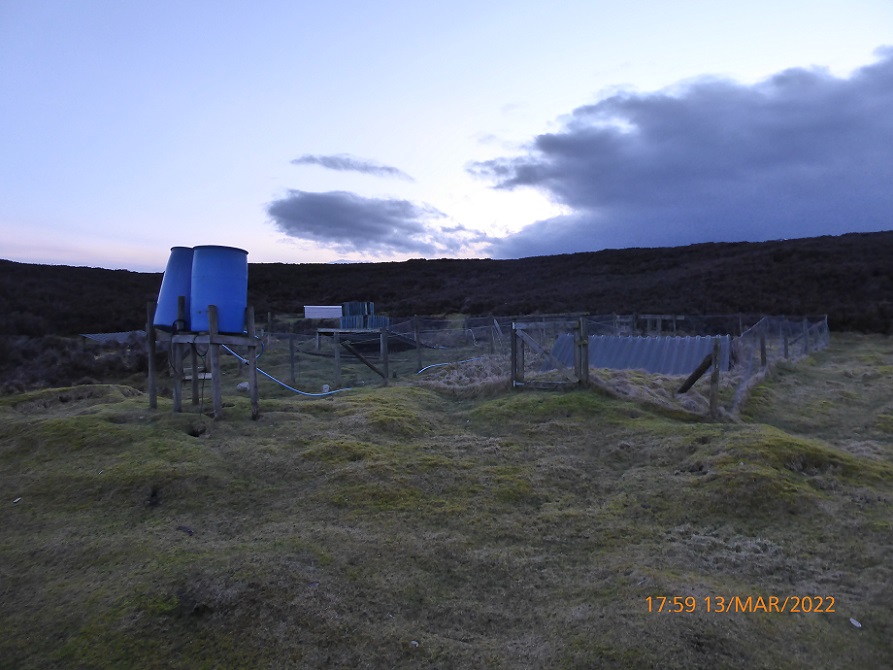
In fact the whole of the lower part of the Ralia estate is intensively managed for sport shooting with game rearing facilities almost anywhere you care to look. That helps explain this new plantation. It appears to have very little to do with improving the state of the natural environment in the Cairngorms but has been designed to improve the shooting on the part of Ralia that was not sold off to Standard Life.
Using native woodlands grants to subsidise the development of more intensive game shooting is happening all the Cairngorms National Park and much of the rest of Scotland. That sport shooting necessarily entails the persecution of the predators that would otherwise flourish with so much prey being produced by game-farming and is thus incompatible with the statutory conservation objectives of our National Parks. Sadly, the leadership of our National Park Authorities have failed to speak out about this or to call for reform of the forestry and agricultural grants gravy train.
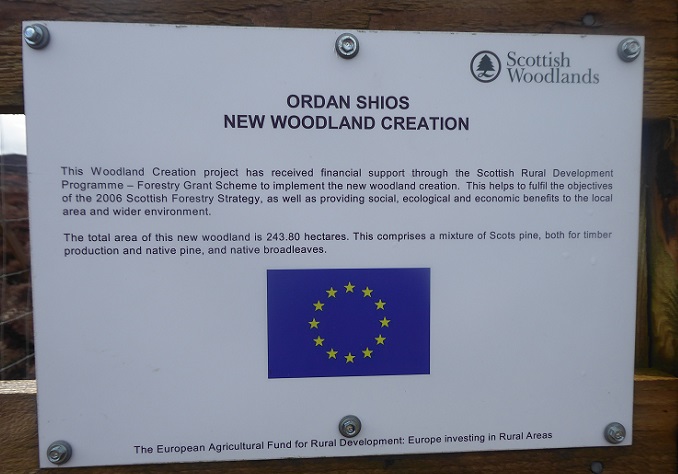
This particular gravy train was funded through the EU under the rural development programme. The RDP was supposed to fund economic, social and environmental measures for the benefit of rural Scotland but instead has increased flood risks and released carbon into the atmosphere. I cannot find any mention of the promotion of sport shooting among its objectives but that is what has happened. As always, the main beneficiaries of public subsidies appear to have been rich landowners and the consultants who work for them.
It is interesting that Scottish Woodlands designed this scheme. They are the company that is proposing to plant much of the Kinrara estate for BrewDog (see here). I will cover their latest plans for Kinrara in a further post but regular readers will be relieved to hear that while they have applied for large grants for pay for deer fencing, they are not planning to plough the area. Techniques have moved on and they are proposing to “mound” the area instead, upturning dollops of vegetation and soil and then plant trees on top.
The environmental impact is likely to be almost as damaging as at Ordan Shios and will again be paid for us the public. It’s time the Cairngorms National Park Authority leadership spoke out against this and called on both BewDog (and Standard Life who have developed similar plans) to get a grip and instruct the people they are employing to develop very different plans based on natural regeneration and reducing grazing pressure rather than deer fencing and dolloping.